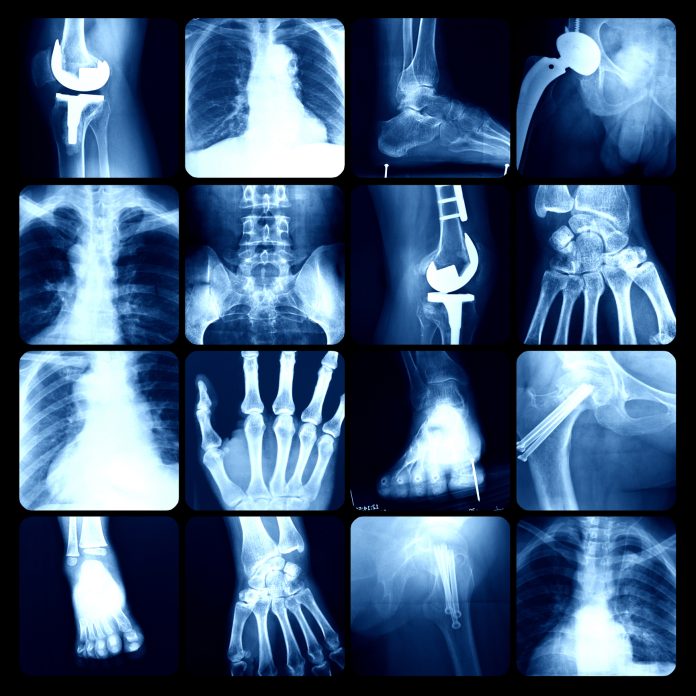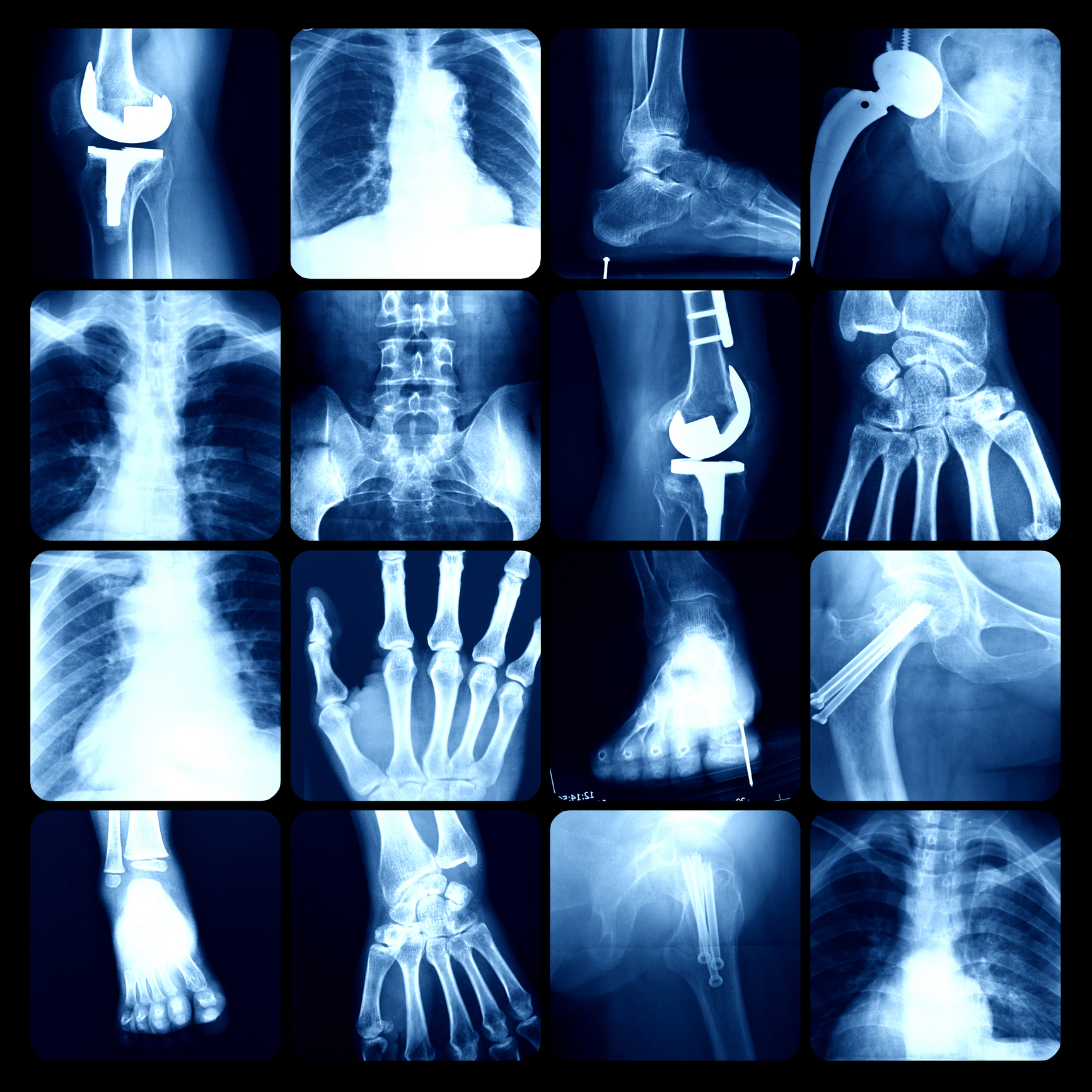
As emergency departments come under increasing pressure, more and more patients are being referred to other hospitals for minor injuries. While this reduces the burden, the number of missed fractures is increasing, costing the NHS millions in misdiagnosis.
As resources in emergency departments across the country continue to be stretched, patients with relatively minor injuries are increasingly being referred to minor injury units or triaged by specialized care teams with the authority to request and review imaging.
While this brings real benefits in terms of reducing waiting times and focusing emergency resources on the most seriously ill or injured patients, the number of ‘The number of compensation claims against the NHS for missed fractures has increased significantly in recent years, costing the health service over £1.1 million between 2015 and 2018 (NHS Resolution Report, 2022).
Systemic errors lead to overlooked breaks
The reasons for misdiagnosis vary from case to case, of course, but the Resolution report highlights two failures occurring across England: diagnostic errors, particularly early misdiagnosis of soft tissue injuries, and problems in requesting imaging, reporting, interpretation and follow-up – including failure to carry out further imaging tests such as CT or MRI, as specified in national guidelines.
Perhaps most worryingly, given the increasing responsibility placed on specialist nursing teams in patient triage, the majority of errors highlighted in the report were due to clinical judgement errors. In almost half of the cases reported, important radiographs were not requested due to incorrect initial diagnoses. The role of nurses and radiologists in initial triage and diagnosis has many benefits for patient flow, but the controls that should be in place to ensure any errors are quickly identified are not always implemented due to resource constraints.
Simply put, if the triage team misdiagnoses a soft tissue injury when a fracture is present, imaging may not be requested and the patient sent home with inappropriate soft tissue care advice. If X-rays are requested, fractures – particularly those that are difficult to detect, such as scaphoid fractures – may be missed by less specialised teams, leading to similar outcomes.
In both cases, specialist review of all cases should take place within set timeframes. For example, NICE guideline NG38 states: “A radiologist, radiographer or other trained reporter should provide a definitive written report of the emergency department radiographs for suspected fractures before the patient is discharged from the emergency department” (section 1.1.9). This recommendation is reinforced in the Royal College of Emergency Medicine.‘S ‘Management of radiological findings in the emergency room‘which states: “All results of radiological examinations performed in the emergency room must be reviewed by a physician taking into account the clinical scenario and the necessary measures taken.”
However, if staffing levels and resource pressures are insufficient to support these safeguards – as is the case in many units across the country – mistakes will happen and Injuries may be overlooked and patients may be at risk of suboptimal treatment outcomes.
Similarly, 3D imaging technologies such as MRI and CT are ‘Gold standard‘ for many orthopaedic diagnoses, but limited resources and long waiting lists for imaging mean that most clinicians in the UK rely on X-rays, which may not show all fractures at first glance.
PRETTY‘The Resource Impact Report itself acknowledges that implementing the guidelines has resource implications, stating that “the use of MRI/CT as first-line imaging for suspected spinal cord injury will place further strain on already limited resources” (section 3.2.2). It also states that “providing this service out of hours incurs additional costs” (section 3.3.5) and that “while national guidelines support immediate reporting, in practice this process is often delayed”.
In most cases, this just means a few extra days of pain and delayed treatment for the patient, but for others, a mistake can have life-changing consequences.
So how do we navigate the cycle of increasing patient demand and overstretched resources to provide patients with the best possible care without breaking emergency department budgets?
A technological solution: NNext generation imaging
One answer lies in investing in new imaging technologies that help non-radiologists diagnose and examine minor injuries more effectively.
Both NICE and the Royal College of Emergency Medicine guidelines emphasise the importance of ‘the right imaging at the right time in the right place’ diagnostics and the increased use of new imaging technologies that offer real potential for cost-effectively improving patient outcomes.
One such innovation is Adaptix 3D X-ray uses a miniaturized flat-panel X-ray source combined with an image reconstruction algorithm (developed in collaboration with the University of Oxford) to deliver 3D orthopedic images at a cost and with a similar radiation dose to existing 2D X-ray systems. Its flat-panel array emits X-rays from many different angles, allowing depth information to be derived and presented in DICOM format. Unlike other digital tomosynthesis (DT) systems, which can have difficulty locating some structures due to limited depth resolution, the Adaptix The system performs a two-dimensional “sweep” that enables improved Z-resolution and thus higher image resolution.
This brings several advantages for clinicians, such as greater diagnostic certainty and reduced need to refer patients for expensive MRI or CT scans.
Weighing just 15 kg and measuring 15 x 11 cm, the smaller size of the next-generation imaging technology also means that 3D images can be more easily created at the point of patient care – be it in the waiting room, at the patient’s bedside or even in a In an ambulance or in a community facility – this reduces the need to transport patients within the hospital and can even avoid unnecessary admissions.
In addition, faster image acquisition times – just 5 to 10 seconds to capture the images and the same amount of time to fully reconstruct the image – allow doctors to review the images in near real time, enabling faster diagnosis and treatment and reducing waiting times.
This accelerated workflow not only reduces costs but also improves patient care, reducing the risk of misdiagnosis through the easier accessibility of 3D imaging and reducing the need to transport patients around the hospital, potentially worsening injuries and increasing the risk of cross-infection.
The future of imaging and reducing the number of missed fractures
Some of these breakthrough imaging technologies have already been proven in other, highly regulated industries, and their use in healthcare could be one of the most cost-effective investments our healthcare services can make.
Better imaging is available at the point of care, speeding up diagnosis and improving its accuracy, reducing waiting lists, eliminating unnecessary and expensive imaging and radiation exposure, and reducing the huge financial costs of misdiagnosis. And all this at the expense of existing 2D X-ray technology? What’s not to like?

